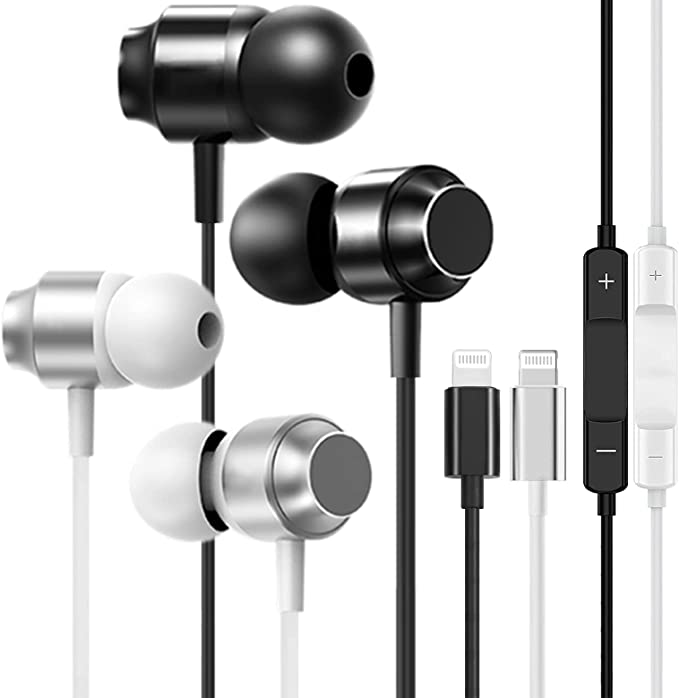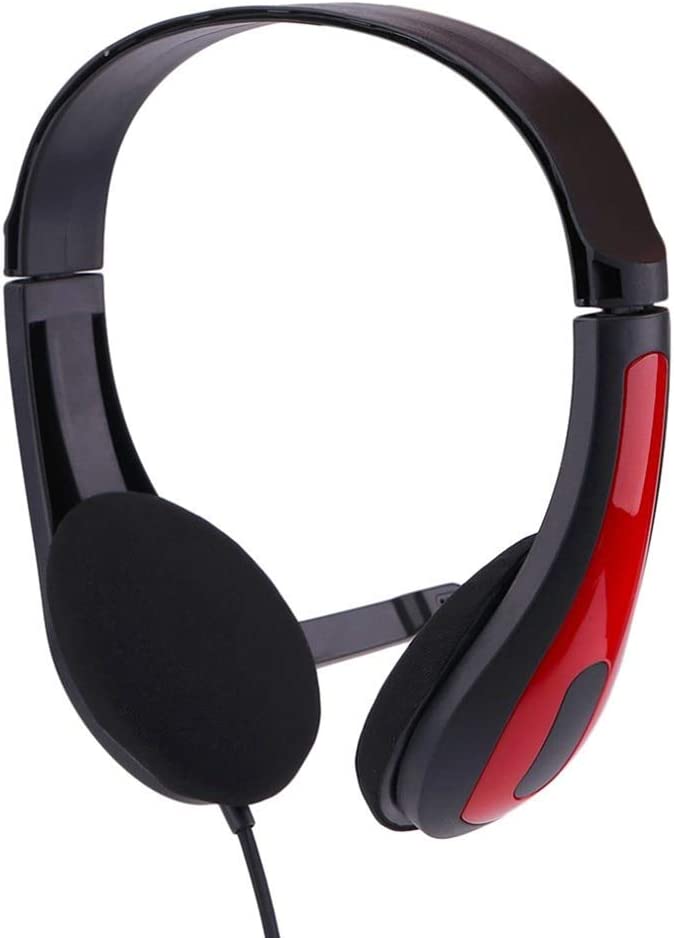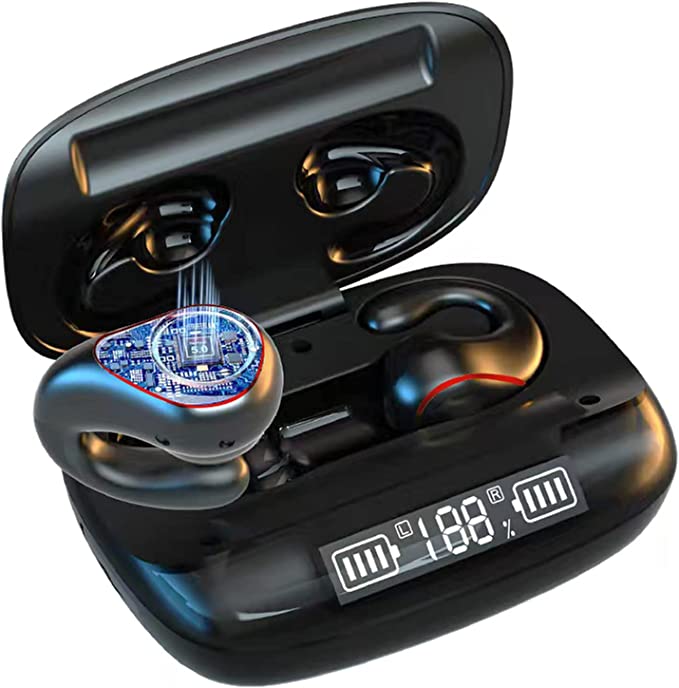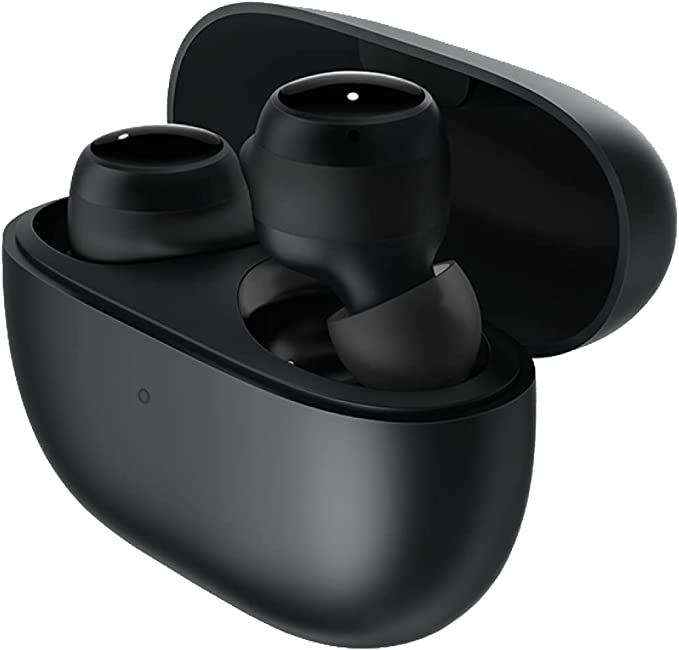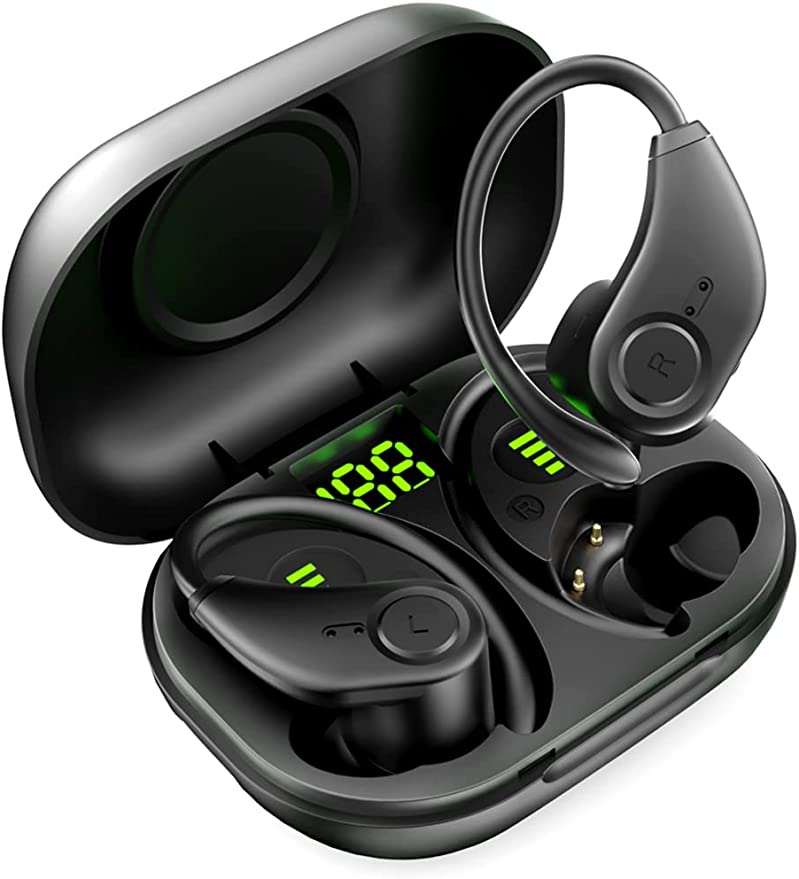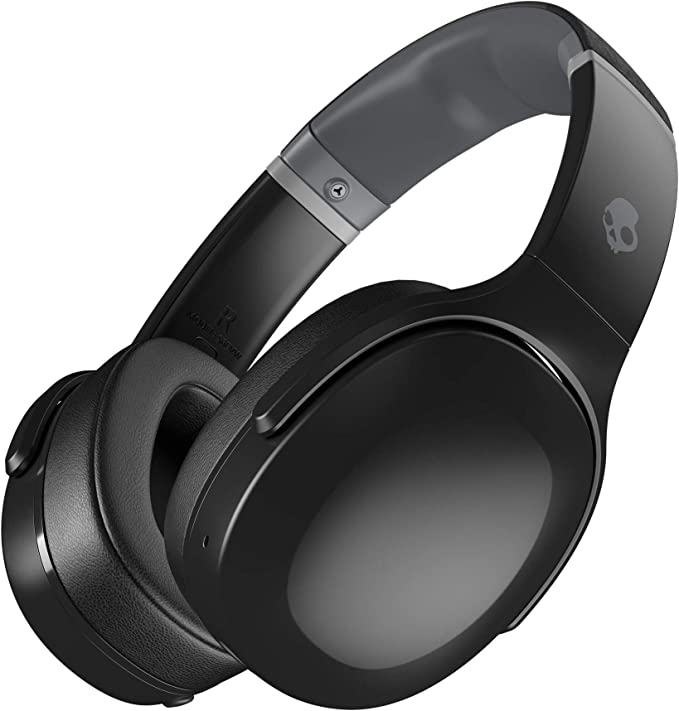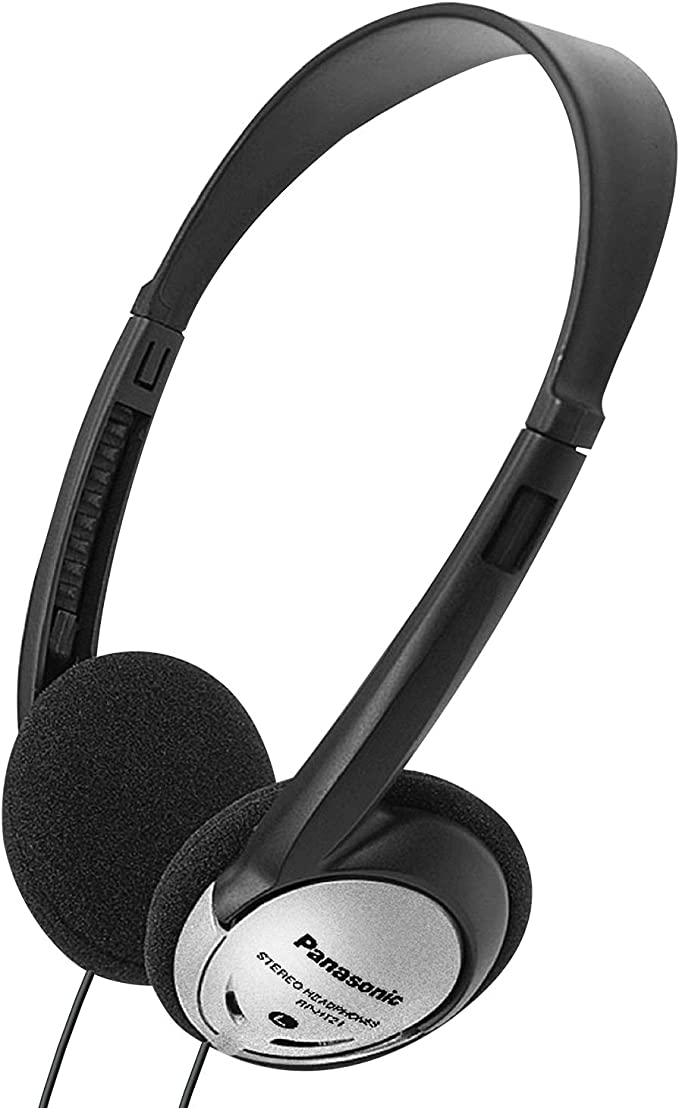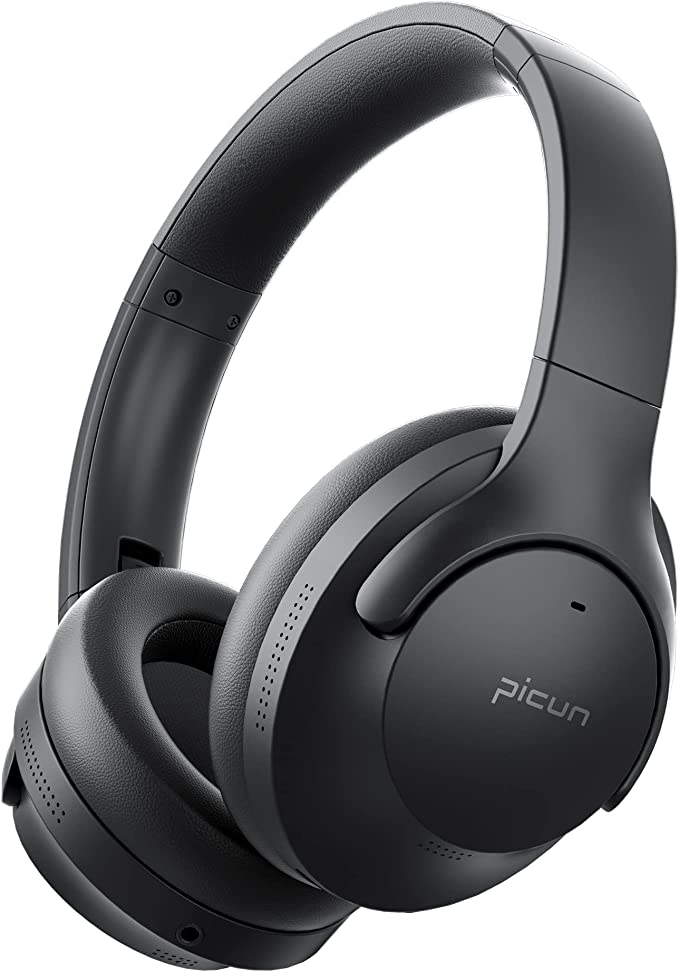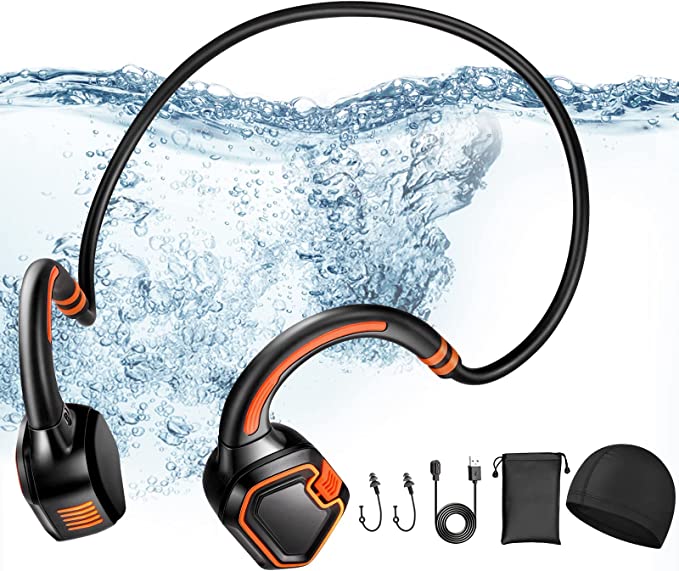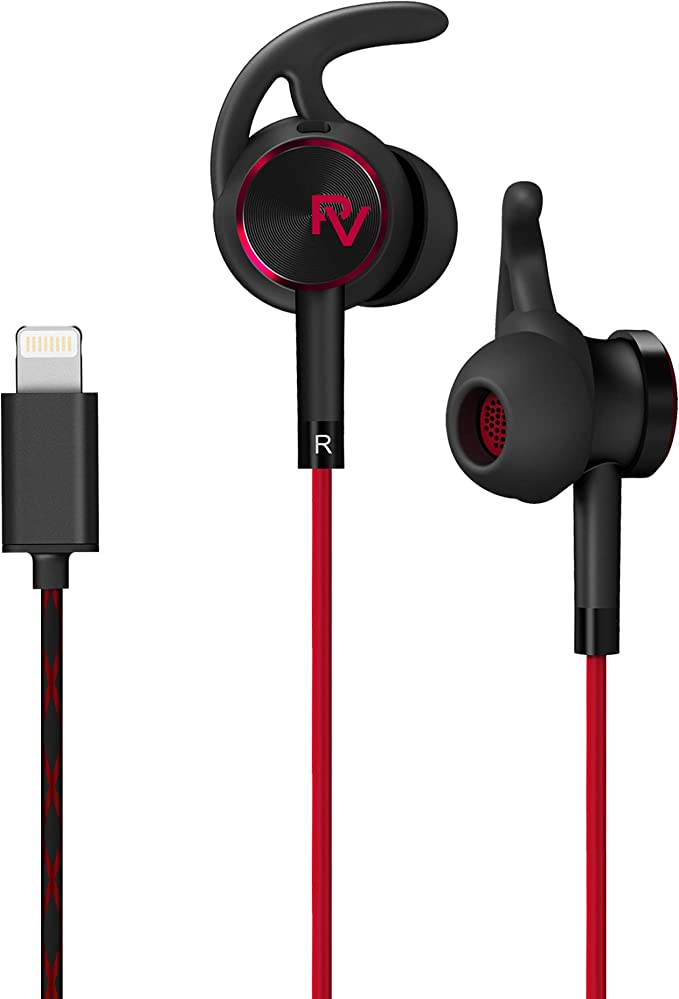Sennheiser SK 100 G4-A Bodypack Transmitter: Reliable Wireless Audio for Professionals
Update on Sept. 22, 2025, 2:26 p.m.
The house lights dim. A single spotlight finds the actor on stage. She delivers her opening line, her voice filling the theater, crisp and clear. She walks from a darkened corner to the center stage, her voice never wavering, never crackling, never once betraying the technological miracle that is taking place. There is no cable tethering her to the sound system, no physical link to the world. She is free.
This freedom is so ubiquitous now that we take it for granted. From rock concerts to university lectures, from Sunday sermons to corporate keynotes, the wireless microphone is a fundamental tool. But it is not magic. The journey of that actor’s voice—from her lungs, into a microphone, across thin air, and out of a speaker—is a perilous one. It’s a journey through a battlefield of competing signals, governed by the unyielding laws of physics and the bureaucratic rules of man.
The unassuming black box clipped to the actor’s costume is the vessel for this journey. It’s a marvel of engineering, and understanding how it works reveals a fascinating story about the invisible infrastructures that shape our modern world.

The Language of the Air
To send a voice wirelessly, you first have to translate it into a language the air understands. That language is the radio wave. In the late 1880s, the German physicist Heinrich Hertz was the first to prove their existence, demonstrating that electromagnetic energy could travel through space. Think of it like dropping a pebble into a still pond. The sound of your voice is the pebble, and the radio waves are the ripples that spread out in all directions at the speed of light.
These ripples have a distinct characteristic called frequency, which is simply how close the crests of the waves are to each other. We measure this in Hertz (Hz). Lower frequencies have long, lazy waves, while higher frequencies have short, energetic ones. Professional wireless systems, for instance, typically operate in the Ultra High Frequency (UHF) band. This isn’t an arbitrary choice. The shorter wavelengths of UHF are better at penetrating obstacles like stage props and people, a crucial advantage over their lower-frequency cousins.
But simply creating a radio wave isn’t enough. You have to infuse it with the actor’s voice. This process is called modulation. The most common method for analog systems is Frequency Modulation (FM). Imagine the radio wave as a perfectly steady, pure tone. FM takes the audio signal and uses it to slightly alter the pitch of that tone. The soaring highs of a sung note might push the pitch up, while a whispered line might bring it down. The receiver is then tuned to listen for these minuscule changes in pitch, perfectly reconstructing the original performance while ignoring other background radio noise.

The Crowded Highway in the Sky
Here, we run into our first major problem: you are not alone. The air around you is a screaming, chaotic cacophony of signals. Wi-Fi, cell phones, television broadcasts, GPS, baby monitors—they all use this same invisible medium. The radio spectrum is not an infinite wilderness; it’s a finite resource, like land. And just like land, it is regulated, zoned, and sold to the highest bidder.
In the United States, the Federal Communications Commission (FCC) acts as the zoning board for this “airwave real estate.” They decide who gets to transmit on which frequencies. This is why you can’t just build a radio transmitter and broadcast wherever you please; you’d be trespassing on a frequency that might be reserved for police communications or air traffic control.
This regulatory landscape is constantly shifting. In a dramatic example, the FCC’s 2017 incentive auction saw a huge swath of the 600 MHz frequency band—long a haven for wireless microphones—sold to mobile carriers like T-Mobile for billions of dollars to build out their 5G networks. Overnight, thousands of wireless systems in churches, theaters, and schools across the country were rendered illegal to operate. They were squatters on newly valuable land.
This is the treacherous environment a professional wireless system must navigate. Its success depends on finding a clear, legal “lane” on this crowded highway. This is why a professional bodypack transmitter, such as Sennheiser’s venerable EW-G4 series, operates in very specific, pre-defined frequency bands (like the “A” band, from 516-558 MHz). It’s designed to live in a known, safe, and legal neighborhood on the radio dial, far from the newly developed 5G condominiums.
The Engineer’s Toolkit for Reliability
Even with a clear frequency, the journey is still fraught with peril. Physics and the real world conspire to corrupt the signal. This is where clever engineering comes in, turning a fragile radio link into a rock-solid connection.
First, there’s the problem of noise. An analog radio signal is susceptible to hiss and static. To combat this, engineers employ a brilliant trick called companding. Before transmission, the transmitter compresses the dynamic range of the audio—making the loud parts a bit quieter and the quiet parts a bit louder. Then, after the signal is received, the receiver expands it back to its original dynamic range.
Imagine trying to ship a big, fluffy down jacket. You’d stuff it into a vacuum-seal bag, shrinking it down to a fraction of its size. Once it arrives, you open the bag, and it expands back to its original puffy glory. Companding does the same for audio, “shrinking” it for its noisy journey through the air, which makes the signal much stronger relative to the background hiss.
Second, there’s the brutal reality of live performance. A transmitter will be dropped, bumped, and drenched in sweat. This is why professional gear is built to withstand abuse. A metal body isn’t just a premium feel; it’s a miniature Faraday cage, shielding the sensitive electronics from external RF interference. The microphone cable’s connection point is another critical point of failure. A consumer-grade headphone jack would pop out with the slightest tug. Professional systems use a locking connector, a simple mechanical ring that makes an accidental disconnection virtually impossible. It’s a small detail that saves countless performances.
Finally, there’s the strange physics of radio waves themselves. As the actor moves, the radio waves she’s transmitting bounce off every surface—walls, lighting rigs, people. These reflected signals arrive at the receiver at slightly different times, sometimes canceling each other out and creating a momentary “dead spot,” which we hear as a dropout. To fight this, professional receivers use diversity reception. You’ll notice they almost always have two antennas. The receiver is constantly monitoring the signal from both and, in a fraction of a second, intelligently switches to whichever one is stronger.
It’s the electronic equivalent of using two ears instead of one. With two distinct listening points, you’re far less likely to be fooled by the room’s acoustics, ensuring you always hear the clearest possible sound.
The Art of Being Invisible
From Hertz’s first sparks in his lab to the modern digital age, the goal of this technology has remained the same: to get out of the way. The greatest triumph of any piece of audio equipment is to become completely invisible, to erase the barrier between the artist and the audience.
Every component of that small black box—its frequency choice a strategic move in a regulatory battle, its metal case a shield against chaos, its internal circuitry a collection of clever tricks to fool physics—is designed to achieve this invisibility. It is the silent, reliable stagehand that ensures the story, the song, and the speech are all that truly matter. It allows the performer to be free, powered by nothing more than the fundamental forces of the universe, elegantly harnessed and put to work.
